Curtiss-Wright Corporation provides engineered products, solutions, and services to the aerospace, defense, general industrial, and power generation markets worldwide. It operates through three segments: Aerospace & Industrial, Defense Electronics, and Naval & Power.
Heat Exchanger World had the pleasure of speaking to David Kronen, Power Segment Manager, and Les Burns, Marketing Manager, of Curtiss-Wright’s EST Group, about the importance of proper testing and repair methods for leaks in shell & tube heat exchangers, the company’s product lines, including their flagship product, Pop-A-Plug® Tube Plugs and Pop-A-Plug® Tube Stabilizers.
By Charlie Evans & Sara Mathov, Heat Exchanger World
Curtiss-Wright and EST Group at a glance
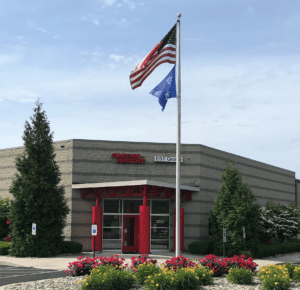
Founded in 1929, Curtiss-Wright Corporation provides engineered products, solutions, and services to the aerospace, defense, general industrial, and power generation markets worldwide. It operates through three segments: Aerospace & Industrial, Defense Electronics, and Naval & Power. EST Group is part of Curtiss-Wright’s Naval & Power segment.
EST Group, a Curtiss-Wright Valves Division business unit, was established in 1968 and headquartered in Hatfield, PA. They are a market leader dedicated to providing a complete range of lifecycle products and services for the maintenance and repair of heat exchangers, condensers, open-end pipes, piping systems, tubing, and pressure vessels.
It maintains a global footprint, with design and manufacturing in the United States. Sales and technical support teams in North America, Europe, and Asia support a large network of distributors and representatives in over 50 countries, serving the petrochemical & refining, oil & gas production, power generation, design & building projects, and shipbuilding industries.
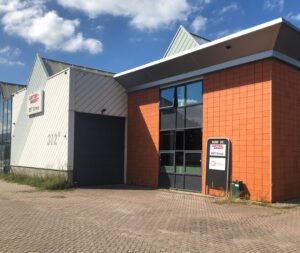
Heat exchanger testing & maintenance tools
While there are several types of heat exchangers, the main types that come into play for EST Group in the power generation sector are condensers, which are a low-pressure application, and feedwater heaters, which are a high-pressure application. “We have variations of our Pop-A-Plug® Tube Plugs for each of these types of equipment and their applications, including our Pop-A-Plug® CPI/Perma Medium Pressure Tube Plugs, and Pop-A-Plug® P2 High Pressure Tube Plugs,” explained Kronen. When performing routine maintenance on heat exchangers, it is important to identify if there are any leaking tubes throughout the asset. If a leak is discovered, the next step is employing testing methods to determine where, and to what degree, the leak takes place.
Curtiss-Wright EST Group offers testing tools used in the maintenance of heat exchangers. The first, and most commonly used by customers, is the G-160 Tube Testers. “Early detection of leaks in a heat exchanger is essential to avoiding unnecessary downtime and damage to equipment,” said Kronen. G-160 Tube Testers can rapidly detect heat exchanger tube leaks, while using less force than typical testing tools on the market. It also promotes increased operator safety through its patented grippers, allowing for a secure internal gripping force. G-160 Tube Testers come as a set, comprised of an Injection Tool and a Plugging Tool. The Injection Tool introduces air into the tube, allowing for the tube to become pressurized, with the Plugging Tool creating the seal. Once pressurized, an operator monitors the tool’s gauge to see if the tube is losing pressure. If the tube is losing pressure, there is in fact a leak in the tube.
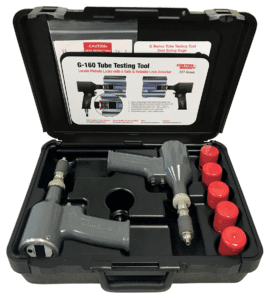
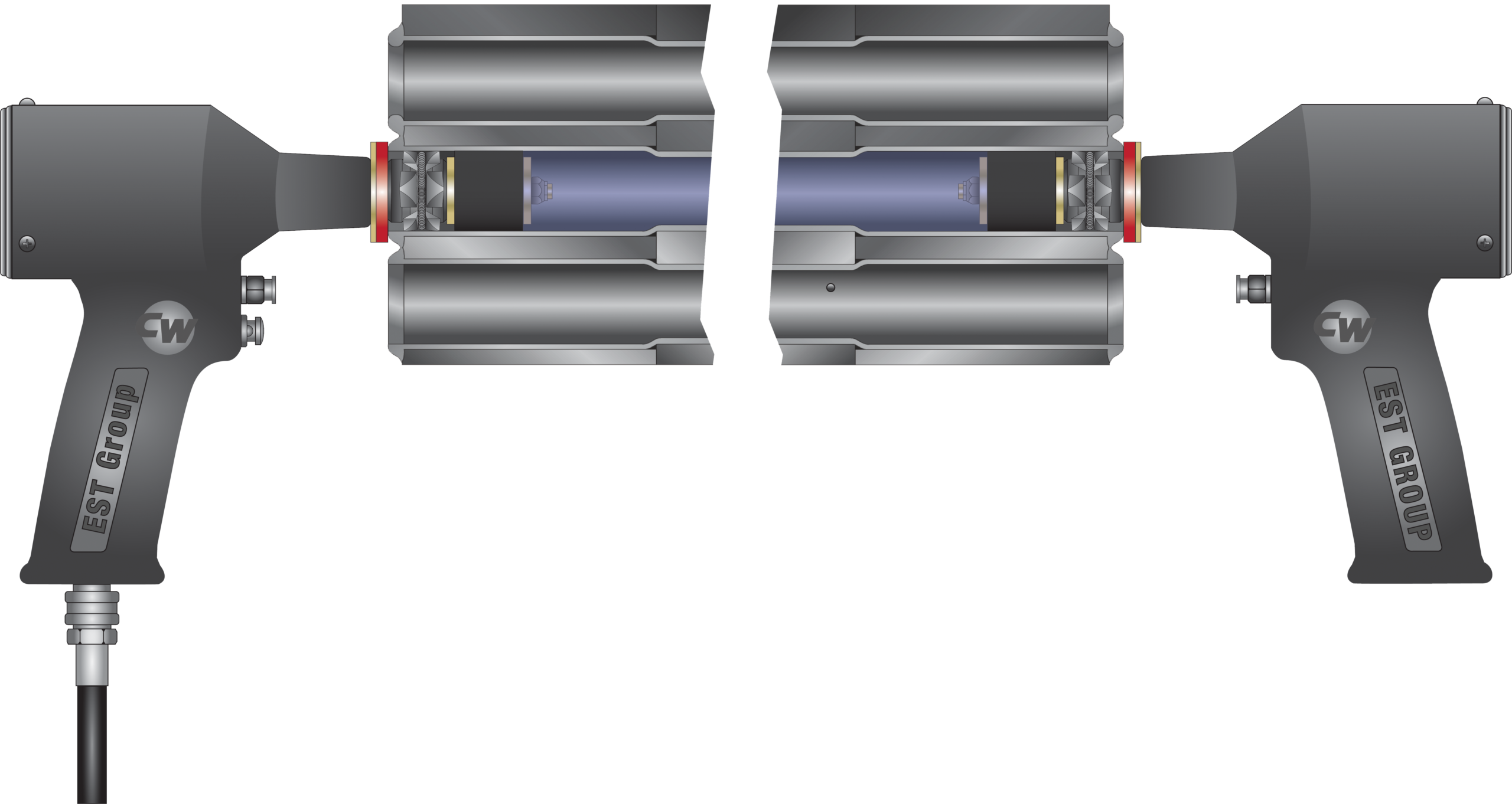
Leaking HX tubes? Try the Pop-A-Plug® Tube Plugging System!
The Pop-A-Plug® Tube Plugging System from EST Group provides a permanent plugging solution for leaking heat exchanger tubes. The system involves inspection/testing, preparation, and installation of mechanical tube plugs. The Pop-A-Plug Tube Plugging System reduces downtime, eliminates welding and explosives, and will not damage tubes, tubejoints or tubesheets. Plugs are available with working pressures to 7,000 PsiG (483 BarG), and sizes to fit 0.400” to 1.460” (10.16mm to 37.08mm) tube I.D. Proper installation results in a helium leak tight seal to 1×10-¹⁰ cc/sec. eliminating damage to tube joints and epoxy coated tube sheets.
Pop-A-Plug® Tube Plugs utilize proprietary force detection, allowing for installation with a known force, enabling users to know when plugs are properly installed. Each plug is comprised of three pieces: a pin, a ring, and a breakaway. “During installation, a hydraulic ram pulls the pin through the ring, where the metal is annealed and therefore a bit softer,” explained Kronen. “That ring will expand as the pin is pulled through, and subsequently forms the sealing surface between the tube and the plug.”
The breakaway is an engineered component that pops at a specific, known force, indicating the plug has been installed properly. “From a safety standpoint, it is important to know that plugs are installed properly. If using a tapered pin, it is not truly known if a plug is installed correctly, as it is hammered in with an unknown amount of force. With Pop-A-Plug® Tube Plugs the difference lies in the known amount of force,” said Kronen.
There is another risk when using a tapered pin, as the pin can potentially expel during pressure testing, or from tubes that have not yet been properly vented for plugging. This can cause a very real safety concern for surrounding personnel and equipment. “Pop-A-Plug Tube Plugs conform to ASME PCC- 2 recommended tube plugging repair methods, offering a permanent mechanical solution to safely seal leaking heat exchanger tubes without welding,” said Burns. “We manufacture our products in our ISO 9001:2015 registered facility to ensure the best quality.” Additionally, the Institute of Nuclear Power Operations (INPO) has written guidance that recommends the use of non-elastomer plugs, resulting in the success of the Pop-A-Plug® in nuclear power plants.”
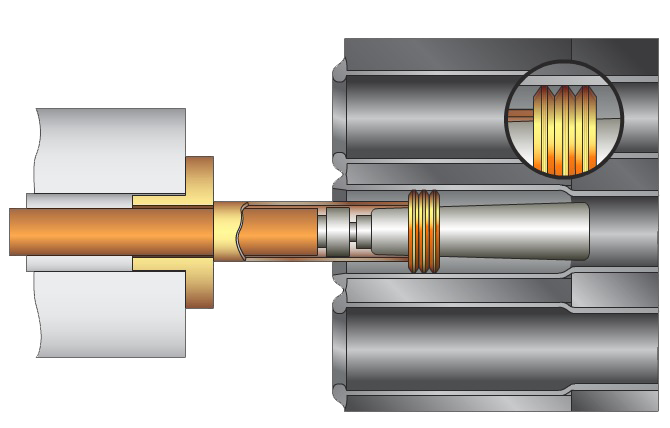
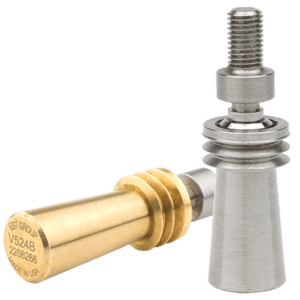
A new installation method
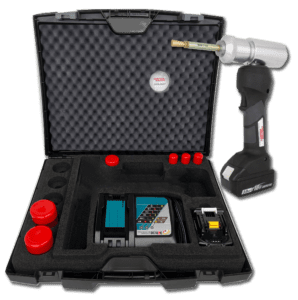 EST Group was challenged by customers to create an easier method to install their Pop-A-Plug Tube Plugs. In 2022, EST Group introduced a new cordless tool for installing Pop-A-Plug Tube Plugs with the Smart RAM SR640T Cordless Installation Tool. Mechanical tube plugging requires hydraulic rams for installation. “With the Smart RAM, we took the idea of a typical hydraulic power unit and created a cordless version. We did away with the pump, hoses, and need for shop air or electricity. It’s now a self-contained unit that looks similar to a large cordless power drill. Making for far easier installation of our Pop-A-Plug® products,” explained Burns.
EST Group was challenged by customers to create an easier method to install their Pop-A-Plug Tube Plugs. In 2022, EST Group introduced a new cordless tool for installing Pop-A-Plug Tube Plugs with the Smart RAM SR640T Cordless Installation Tool. Mechanical tube plugging requires hydraulic rams for installation. “With the Smart RAM, we took the idea of a typical hydraulic power unit and created a cordless version. We did away with the pump, hoses, and need for shop air or electricity. It’s now a self-contained unit that looks similar to a large cordless power drill. Making for far easier installation of our Pop-A-Plug® products,” explained Burns.
The Smart Ram 640T allows operators to quickly perform heat exchanger tube repairs without significant setup or breakdown times. The self-contained battery-operated hydraulic unit provides reliable installation of heat exchanger tube plugs through its long-lasting 18v/3.0Ah Lithium-ion battery allowing for cordless operation in remote and close quarters environments without the need for electric or plant air connection.
Severed tubes? Try Pop-A-Plug® Tube Stabilizers!
For weakened or completely severed tubes, Pop-A-Plug® Tube Stabilizers are recommended. “Stabilizers are most often used with a broken or severely damaged tube; typically, when the tube itself is completely severed,” explained Kronen.
The Tube Stabilizer is made up of a three-part system that includes a wedge or bullet type tip, the use of which is recommended based on whether the tube is completely severed. If it is severed, it is recommended to use a wedge tip, as it will help pull the severed tube through the system. The next component of the Tube Stabilizers are rods, which add rigidity to the severed tube. “Some stations use a cable instead of a rod, which will also work. Cables are favored in some applications, due to the lower cost,” said Kronen.
The final component of the Tube Stabilizer is the unique Pop-A-Plug® anchor. It anchors the stabilizer (rod or cable) to the tube, preventing the system from vibrating itself down the tube. “What will happen with a broken tube during operation is, the tube whips around, or vibrates in the heat exchanger. As the tubes are so close together in the bundle, the severed tube will ultimately damage adjacent tubes and so on, essentially destroying itself from the inside out,” said Kronen. “Therefore, anchoring the stabilizer is the most important part of the operation.”
A lot of the time, power plants do not anchor their systems. “Sometimes, this will work. However, there have been instances where the lack of an anchor causes the cable to vibrate its way into the system, bringing the whole system down,” explained Kronen.
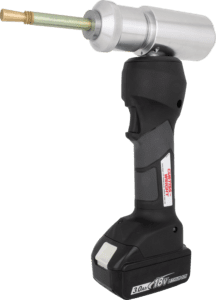


Quality assurance
EST Group is focused on continuous improvement and reducing waste at every level within its organization. This ensures that our customers get the best solution to their problem in a timely fashion. The company’s quality program is integrated into each element of its operation – manufacturing, supply chain, engineering, and sales. Each process is audited and reviewed to ensure products exceed the demand of customers. By offering several testing tools, solutions, and installation methods, EST Group offers a complete package. “Pop-A-Plug® Tube Plugs are proven to provide the lowest lifecycle cost for all types of plug systems used in heat exchanger maintenance,” said Kronen.
Maintenance and repairs are at the heart of EST Group’s operations, as the company continues to provide innovative solutions that help reduce downtime. “We serve critical and severe service customers, so providing safe and reliable solutions is crucial. We do in-house testing of our products to ensure they are of the highest quality,” said Burns. “We work continuously to provide optimal solutions for our end users, and make sure that we hold ourselves, and products to the highest standards,” concluded Burns.
To learn more about EST Group’s Pop-A-Plug®
Tube Plugging System, visit: www.cw-estgroup.com or call +1 800 355 7044 or +31 172 418841.
About this Featured Story
This Featured Story was first published in Heat Exchanger World Magazine in September 2023. To read more Featured Stories and many other articles, subscribe to our print magazine.
Featured Stories are regularly shared with our Heat Exchanger World community. Join us and share your own Featured Story on Heat Exchanger World online and in print.


